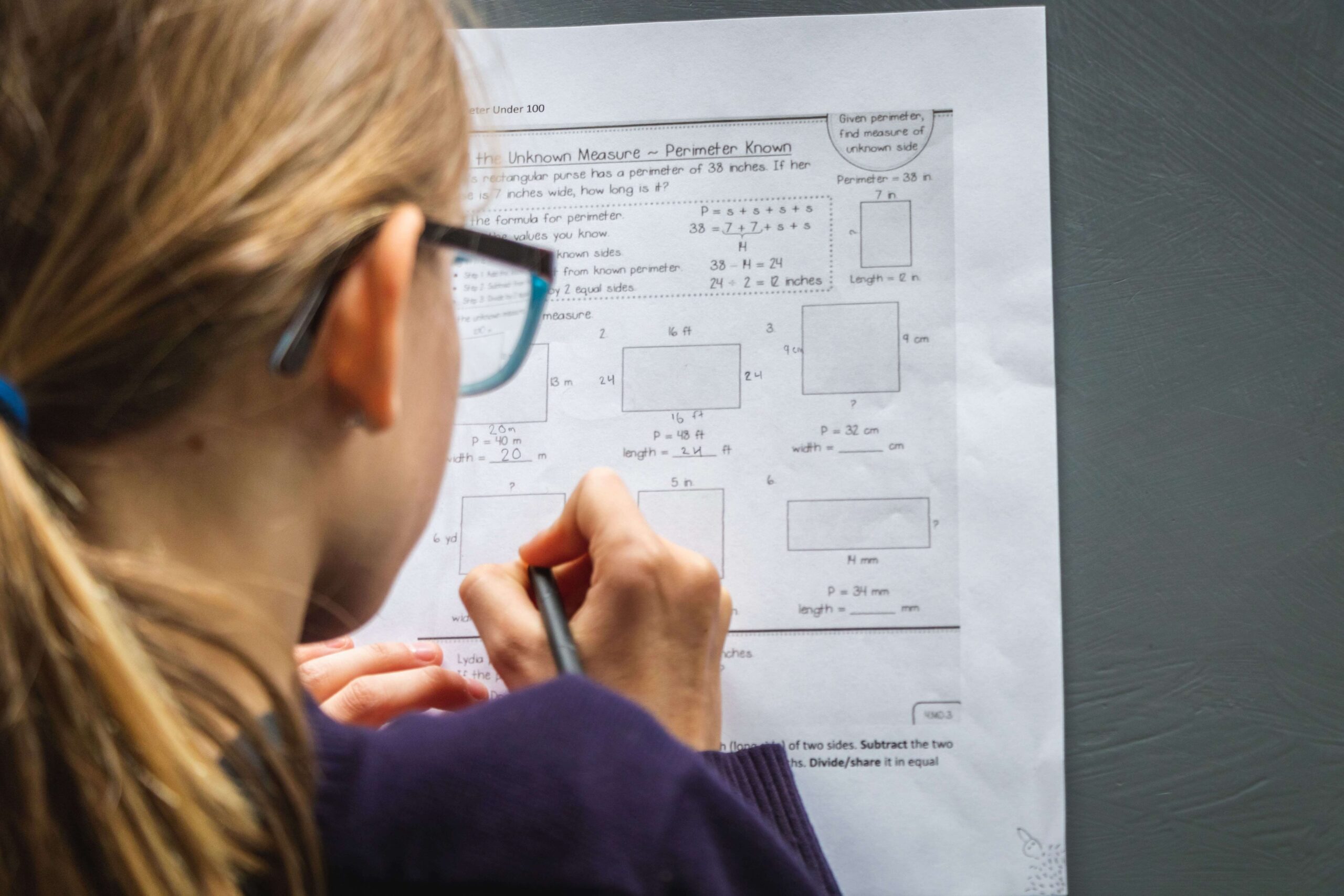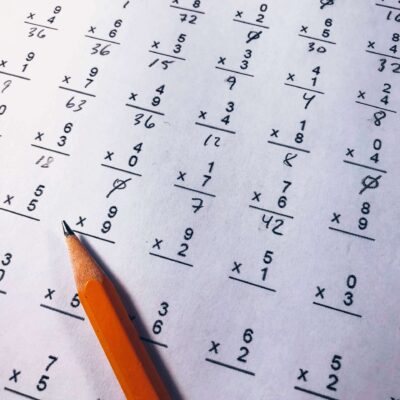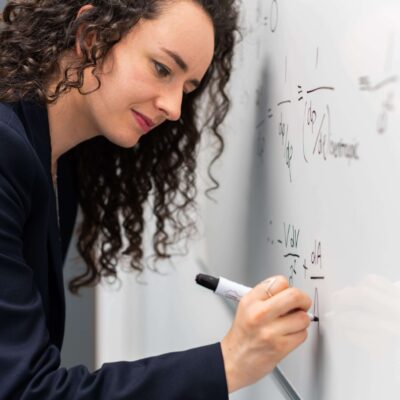| NCFE Aim Reference: 60350556 | GLH: 55 | Age Restriction: Pre-16 |
| Qualification Number:603/5055/6 | TQT: 66 | |
| Level: 1 | Minimum Credits: 17 |
Overview
The purpose of the Functional Skills Mathematics Level 1 qualification is to demonstrate both mathematical skills at the appropriate level and the ability to apply mathematical thinking effectively to solve problems successfully in the workplace and in other real-life situations.


Purpose
Functional Skills qualifications enable learners to gain confidence in using mathematics. The qualifications provide a foundation for learners to progress into employment or further technical education and develop skills for everyday life. They can use these skills to solve mathematical problems.
Learners will show a sound grasp of the basic and underpinning maths skills for each level and apply mathematical thinking to solve simple problems in familiar situations.
Who is it suitable for?
This qualification is suitable for learners studying the following:
– Apprenticeships
– Traineeships
– Study Programme
– Alternative to GCSE
– T-Levels
– As a standalone qualification

Aims and Objectives
Functional Skills Mathematics qualifications at this level should:
– Indicate that learners can demonstrate their ability in mathematical skills and their ability to apply these, through appropriate reasoning and decision making, to solve realistic problems of increasing complexity
– Introduce learners to new areas of life and work so that they are exposed to concepts and problems which, while not of immediate concern, may be of value in later life
– Enable learners to develop an appreciation of the role played by mathematics in the world of work and in life generally.
Qualification Structure
The Functional Skills subject content is provided by the Department for Education, who stipulate that Awarding Organisations must create Functional Skills qualifications that rigidly adhere to this content.
The mathematics subject content can be accessed from the Department for Education directly, from their Functional Skills Subject Content: Mathematics
Referencing for the subject content uses the following coding:
| L1 | Level 1 |
| L2 | Level 2 |
| N | Using numbers and the number system |
| M | Using common measures, shape and space |
| H | Handling information and data |
Mathematics Level 1 Subject Content
Level 1: Using numbers and the number system – whole numbers, fractions, decimals and percentages
| Reference | Subject content statement | Assessment weighting (approx.) |
| L1.N1 | Read, write, order and compare large numbers (up to one million) | 50–60% |
| L1.N2 | Recognise and use positive and negative numbers | |
| L1.N3 | Multiply and divide whole numbers and decimals by 10, 100, 1000 | |
| L1.N4 | Use multiplication facts and make connections with division facts | |
| L1.N5 | Use simple formulae expressed in words for one or 2-step operations | |
| L1.N6 | Calculate the squares of one-digit and 2-digit numbers | |
| L1.N7 | Follow the order of precedence of operators | |
| L1.N8 | Read, write, order and compare common fractions and mixed numbers | |
| L1.N9 | Find fractions of whole number quantities or measurements | |
| L1.N10 | Read, write, order and compare decimals up to 3 decimal places | |
| L1.N11 | Add, subtract, multiply and divide decimals up to 2 decimal places | |
| L1.N12 | Approximate by rounding to a whole number or to one or 2 decimal places | |
| L1.N13 | Read, write, order and compare percentages in whole numbers | |
| L1.N14 | Calculate percentages of quantities, including simple percentage increases and decreases by 5% and multiples thereof | |
| L1.N15 | Estimate answers to calculations using fractions and decimals | |
| L1.N16 | Recognise and calculate equivalences between common fractions, percentages and decimals | |
| L1.N17 | Work with simple ratio and direct proportions | |
| Learners at Level 1 are expected to be able to count in steps of various sizes, including negative numbers; read, write and understand positive whole numbers to one million. They can order and compare whole numbers of any size, and fractions, ratios and decimals and recognise the effect of multiplying and dividing by powers of 10, 100 and 1000. They can identify, compare and extend a range of numerical and spatial patterns, use, understand and calculate with fractions, decimals and percentages and calculate simple interest | ||
Level 1: Using common measures, shape and space
| Reference | Subject content statement | Assessment weighting (approx.) |
| L1.M18 | Calculate simple interest in multiples of 5% on amounts of money | 20 – 30 % |
| L1.M19 | Calculate discounts in multiples of 5% on amounts of money | |
| L1.M20 | Convert between units of length, weight, capacity, money and time in the same system | |
| L1.M21 | Recognise and make use of simple scales on maps and drawings | |
| L1.M22 | Calculate the area and perimeter of simple shapes, including those that are made up of a combination of rectangles | |
| L1.M23 | Calculate the volumes of cubes and cuboids | |
| L1.M24 | Draw 2-D shapes and demonstrate an understanding of line symmetry and knowledge of the relative size of angles | |
| L1.M25 | Interpret plans, elevations and nets of simple 3-D shapes | |
| L1.M26 | Use angles when describing position and direction, and measure angles in degrees | |
| Learners at Level 1 are expected to be able to work out simple relationships between common units of measurement to define quantities, also involving mathematical terms for position and direction. They can apply and use calculations with common measures, including money, time, length, weight and capacity. They can visualise, draw and describe 2-D and 3-D shapes and use properties of 2-D shapes in calculations. | ||
Level 1: Handling information and data
| Reference | Subject content statement | Assessment weighting (approx.) |
| L1.H27 | Represent discrete data in tables, diagrams and charts, including pie charts, bar charts and line graphs | 20 – 30 % |
| L1.H28 | Group discrete data and represent grouped data graphically | |
| L1.H29 | Find the mean and range of a set of quantities | |
| L1.H30 | Understand probability on a scale from 0 (impossible) to 1 (certain) and use probabilities to compare the likelihood of events | |
| L1.H31 | Use equally likely outcomes to find the probabilities of simple events and express them as fractions | |
| Learners at Level 1 are expected to be able to select, construct and interpret a range of statistical diagrams in various contexts; select and use methods and forms to present and describe outcomes. They can extract and interpret information from tables, diagrams, charts and graphs; apply simple statistics and recognise features of charts to summarise and compare sets of data; recognise and use the probability scale and interpret probabilities. | ||
Level 1: Solving mathematical problems and decision making
Learners at Level 1 are expected to be able to use the knowledge and skills listed above to recognise and obtain a solution or solutions to a straightforward problem. A straightforward problem is one that requires learners to either work through one step or process or to work through more than one connected step or process.
Individual problems are based on the knowledge and/or skills in the mathematical content areas (number and the number system; common measures, shape and space; information and data). At Level 1, it is expected that the learner will be able to address individual problems, some of which draw upon a combination of any 2 of the mathematical content areas and require learners to make connections between those content areas.
Learners at Level 1 are expected to be able to:
– Read, understand and use mathematical information and mathematical terms used at this level
– Address individual problems as described above
– Use knowledge and understanding to a required level of accuracy
– Analyse and interpret answers in the context of the original problem
– Check the sense, and reasonableness, of answers
– Present results with appropriate explanation and interpretation, demonstrating simple reasoning to support the process, and show consistency with the evidence presented.
The context of individual problems at this level will require some comprehension in order for the learners to be able
Further Learning Opportunities
Learners who achieve Level 2 Functional Skills in Mathematics could progress to:
– NCFE Level 2 Functional Skills Qualification in Mathematics
– NCFE Level 2 Award in Maths
– NCFE Level 2 Certificate in Maths

